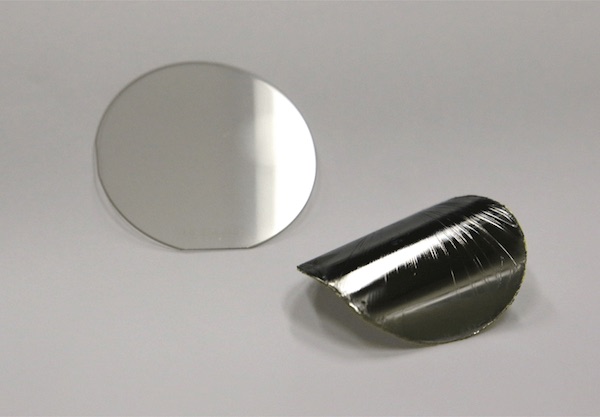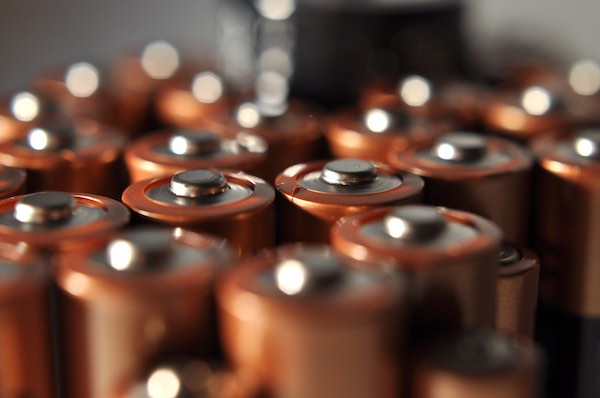IBM scientists report that they have developed a simple technique to peel extremely thin layers of gallium nitride from a bulk wafer of the material—a breakthrough in manufacturing techniques for this expensive material.
Read MoreNew research from MIT shows that firmness isn’t the most important parameter for developing a solid electrolyte that is effective against dendrite formation—instead, a defect-free surface, which doesn’t provide a place for dendrites to form, is key to a better battery.
Read MoreJohns Hopkins University researchers have created a new alloy that is stronger and more conductive than silicon. Their findings could mean a change in the components of micro-electro-mechanical systems (MEMS) for future applications.
Read MoreScientists are making inroads with the use of organic materials in solar cells. A research team has recently developed a pair of solar–powered glasses that could eventually power hearing aids or other mobile devices.
Read MoreA research group in China has created electrodes for potassium-ion batteries made from rusty stainless steel mesh. The result is an environmentally friendly, stable, and less expensive battery suitable for electronic devices.
Read MoreElectric cars may soon see another resurgence, as a research team from Purdue University recently developed a flow battery that recharges instantly—by replacing spent battery fluids with electrolytes.
Read MoreA team of materials scientists at the University of Massachusetts Amherst has developed a way to turn fabric into a conductor of electricity that is capable of powering small electronics. A vapor deposition method turns woven fabrics into electrical conductors without changing properties of the fabrics.
Read MoreThe trend of incorporating ceramic materials into smartphone exteriors seems to be continuing, at least for now—Essential’s new Phone is about to enter the market with a titanium, Gorilla Glass, and ceramic exterior.
Read MoreAlthough boomboxes were once thought of as compact, today’s audio options are entering into uncharted territory—new developments with new materials are enabling atomically thin speakers and audio devices that are integrated into everyday objects.
Read MoreResearchers at Carnegie Mellon University have devised a technique called Electrick that uses electric field tomography to turn virtually any surface—including toys, guitars, entire walls, tables, steering wheels, and even Jello—into an interactive touchpad.
Read More









